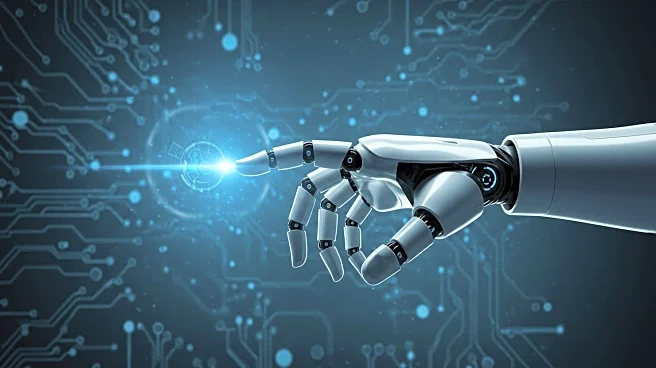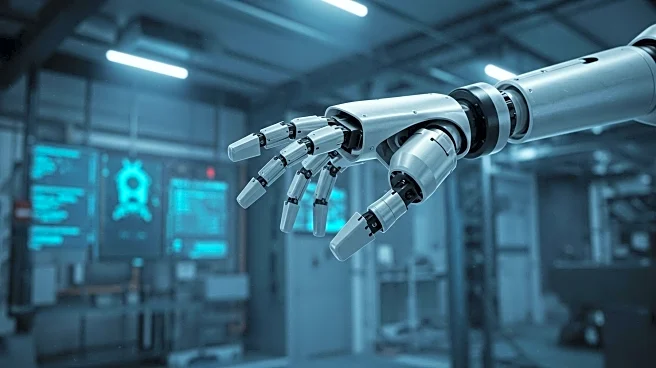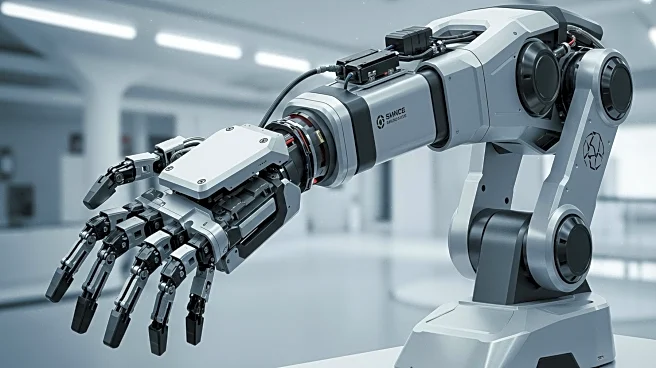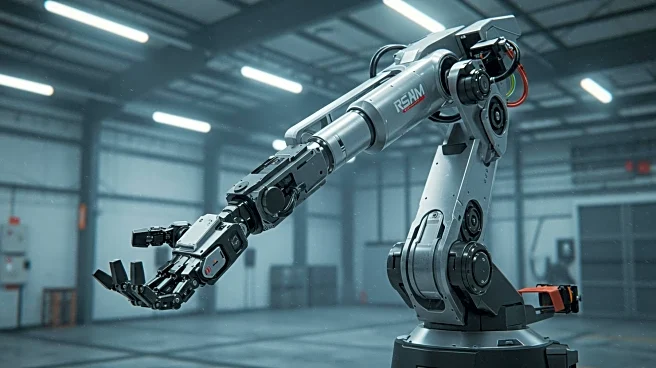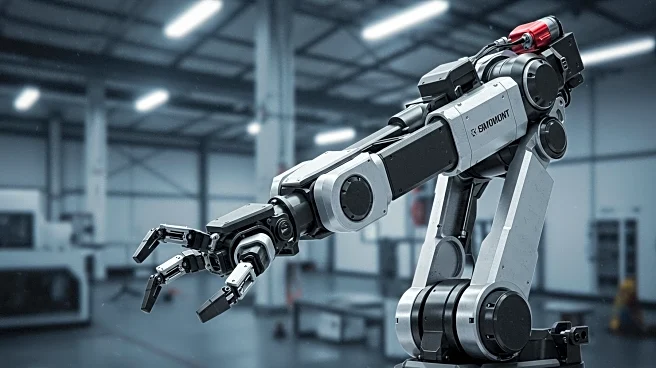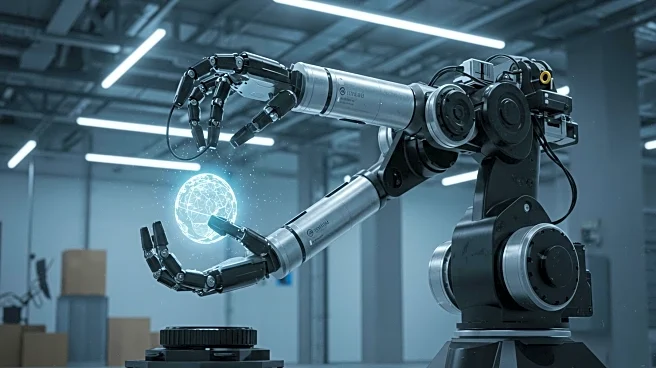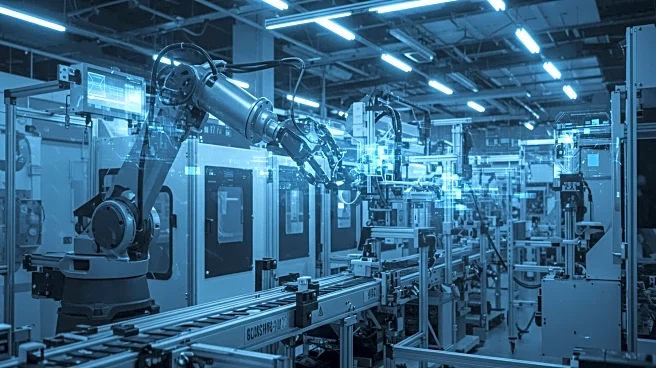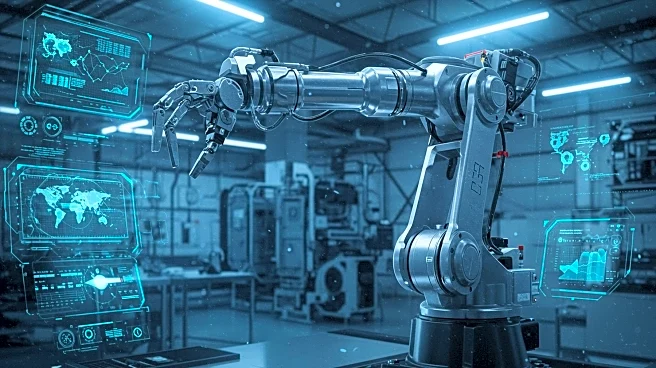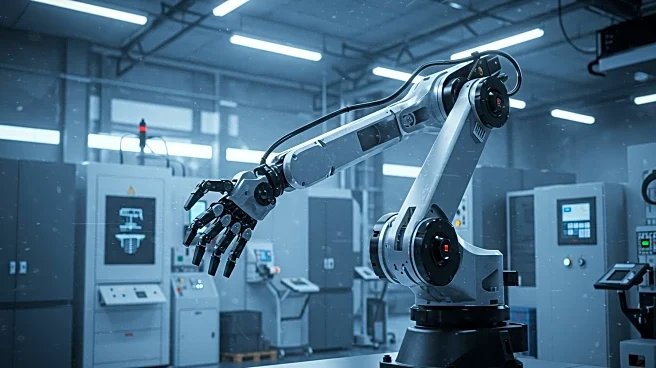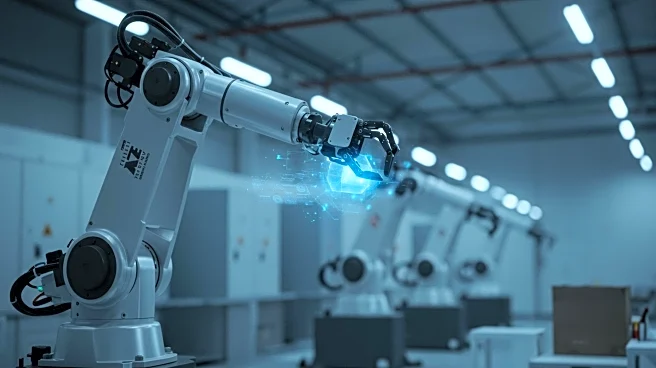What's Happening?
The Association for Advancing Automation (A3) has released a report indicating modest growth in the sales of industrial robots in North America during the first half of 2025. According to the report, robot orders increased by 4.3% and revenue rose by 7.5% compared to the same period in 2024. This growth is seen as a promising sign for continued investment in automation despite a complex economic landscape. The report highlights that North American companies ordered 17,635 robots valued at $1.094 billion in the first six months of 2025. The automotive sector led the gains with a 34% year-over-year increase in units ordered. However, non-automotive sectors, including life sciences and electronics, accounted for 56% of total units ordered in Q2, reflecting the expanding role of automation beyond traditional industries.
Why It's Important?
The growth in robot sales underscores the increasing importance of automation in business strategies across various sectors. As companies face challenges such as labor shortages and the need for operational efficiency, automation offers a solution to build resilience and improve flexibility. The report suggests that automation is becoming central to long-term business strategies, not just for efficiency but also for competitiveness in a rapidly changing global market. This trend could lead to significant shifts in how industries operate, potentially increasing productivity and reducing reliance on human labor.
What's Next?
If the current growth patterns hold, the North American robotics market could outperform 2024 levels by mid-single digit growth rates by the end of the year. A3 plans to expand future reporting to include growth trends by sector, particularly focusing on collaborative robots (cobots), which are increasingly favored for their ability to work safely alongside humans. This could lead to more widespread adoption of cobots in industries facing space or labor constraints.
Beyond the Headlines
The rise in automation raises ethical and cultural questions about the future of work and the displacement of human labor. As automation becomes more integrated into business strategies, companies may need to address the impact on employment and consider retraining programs for workers. Additionally, the shift towards automation could influence public policy and labor laws, as governments seek to balance technological advancement with social welfare.
